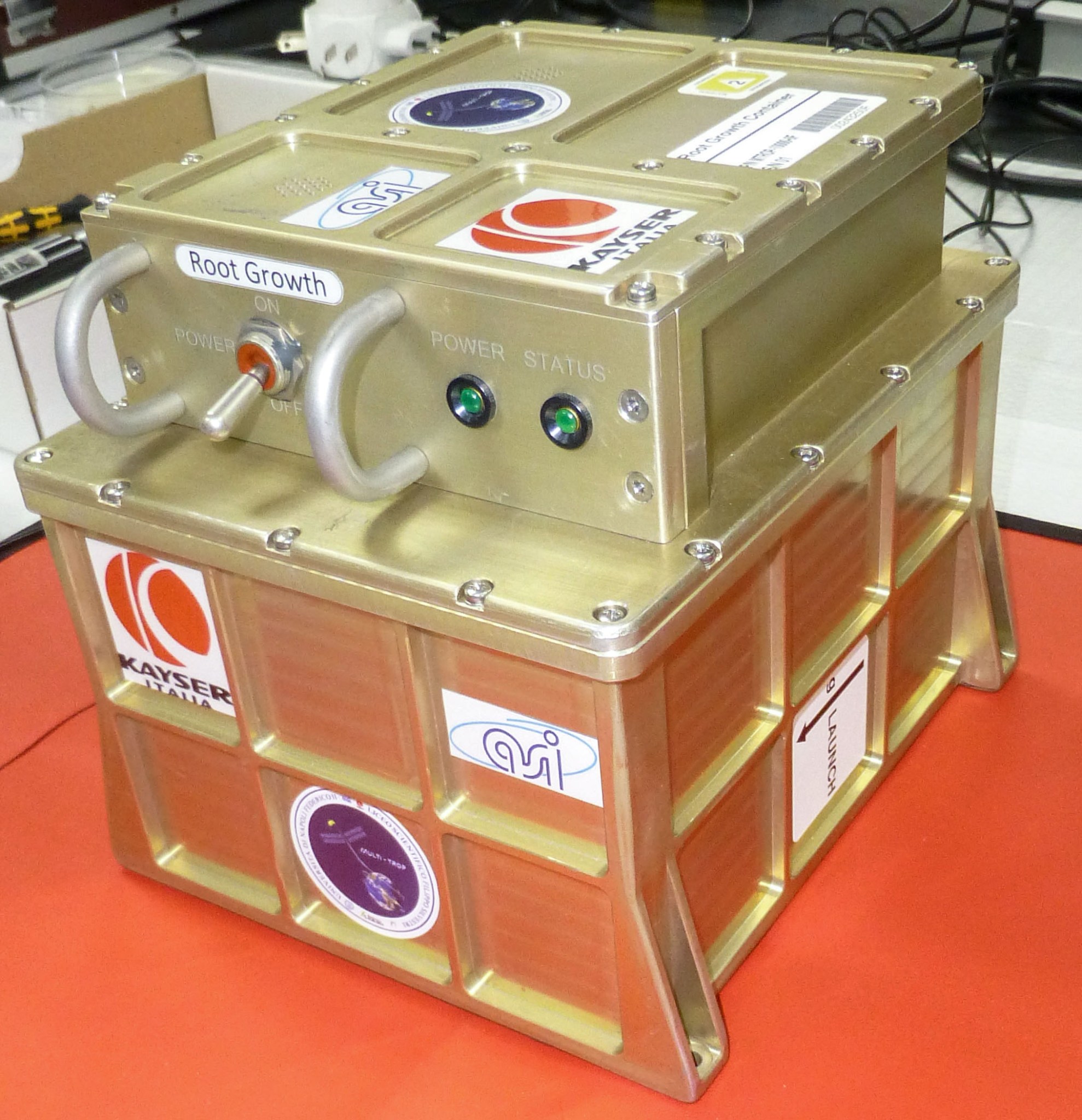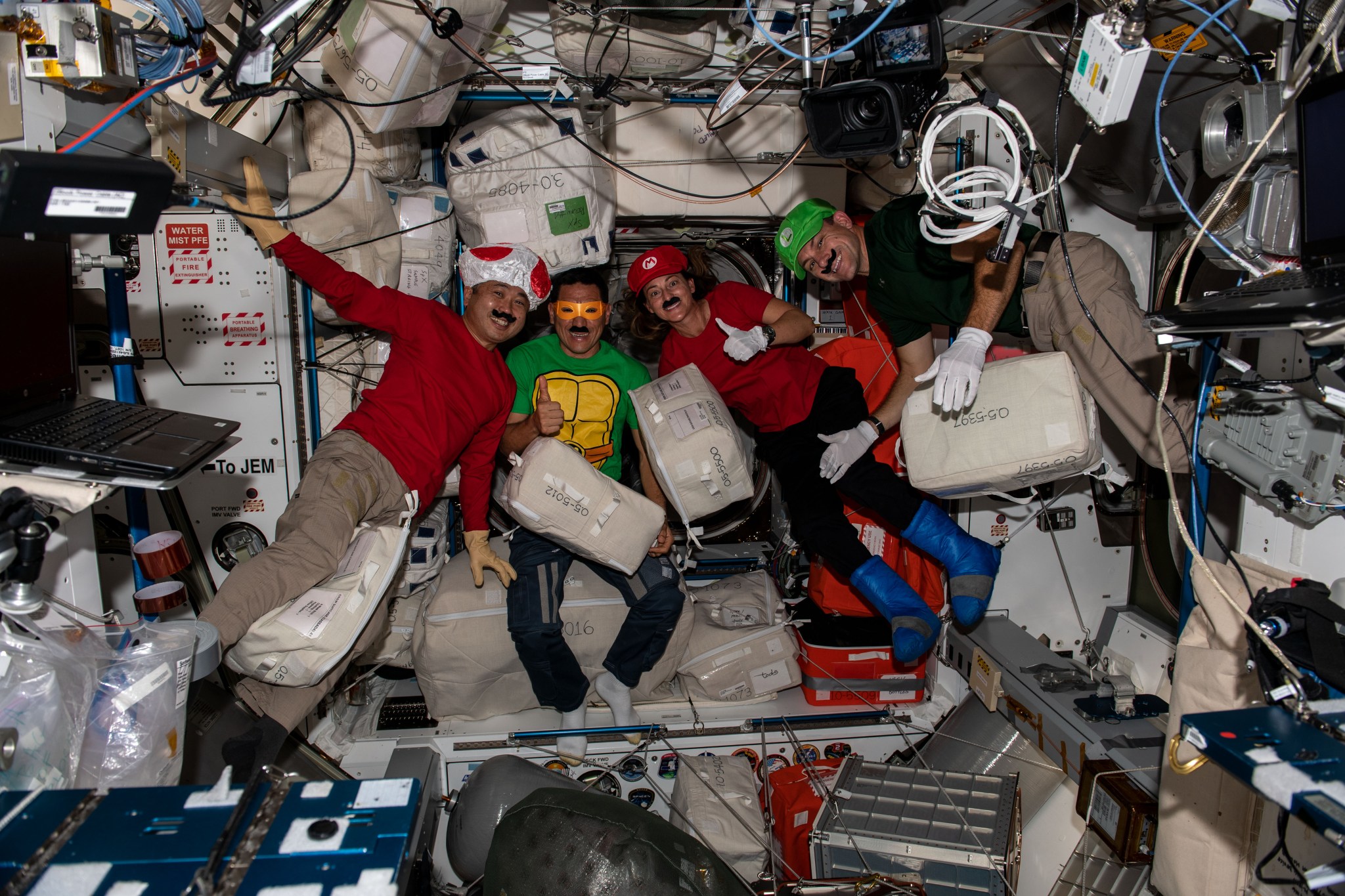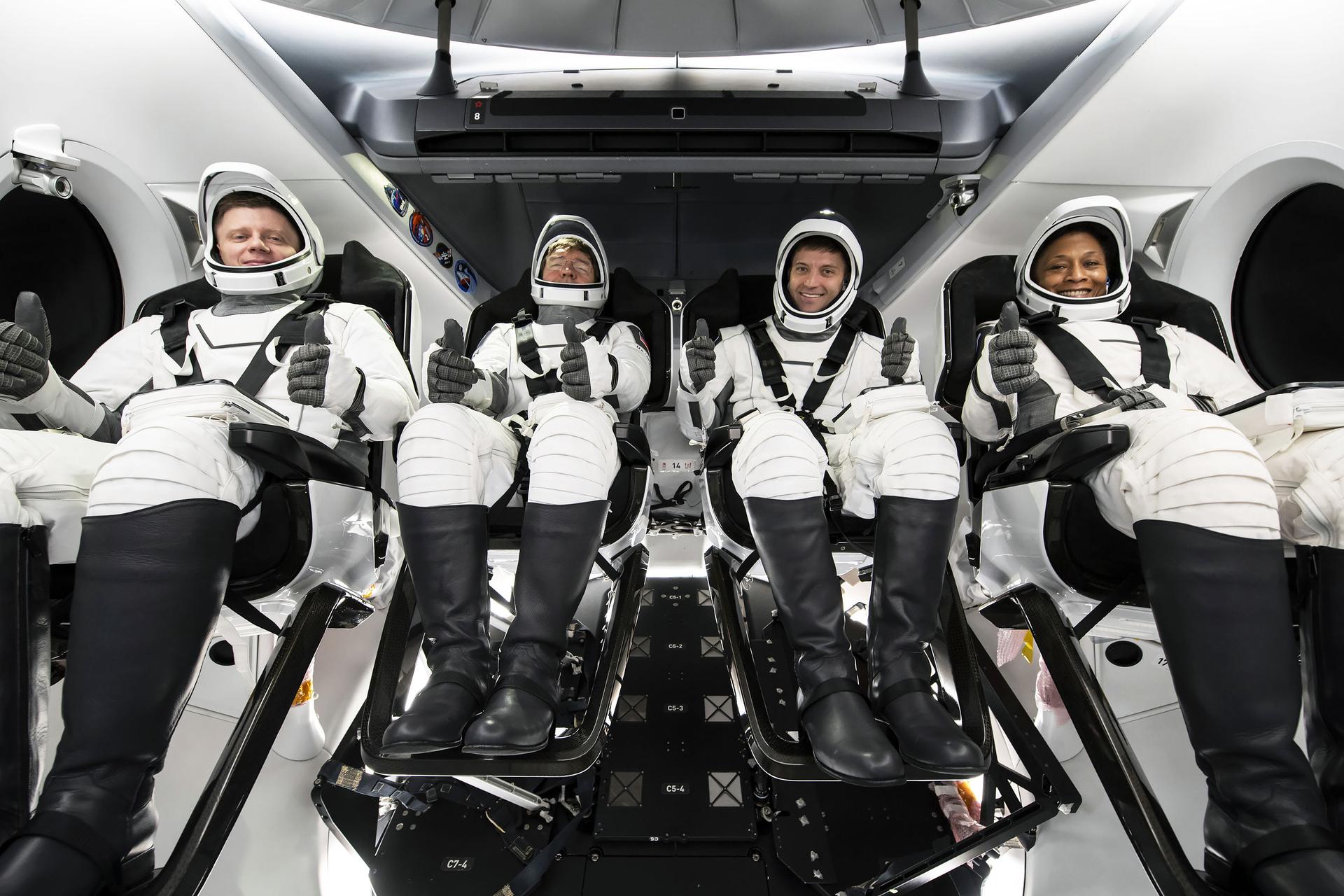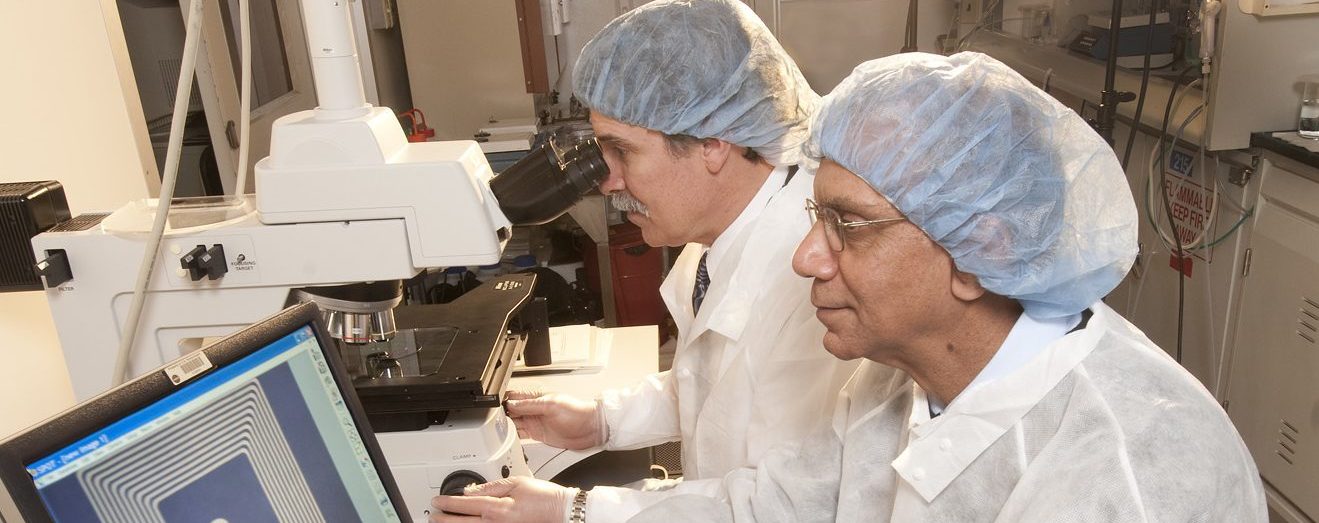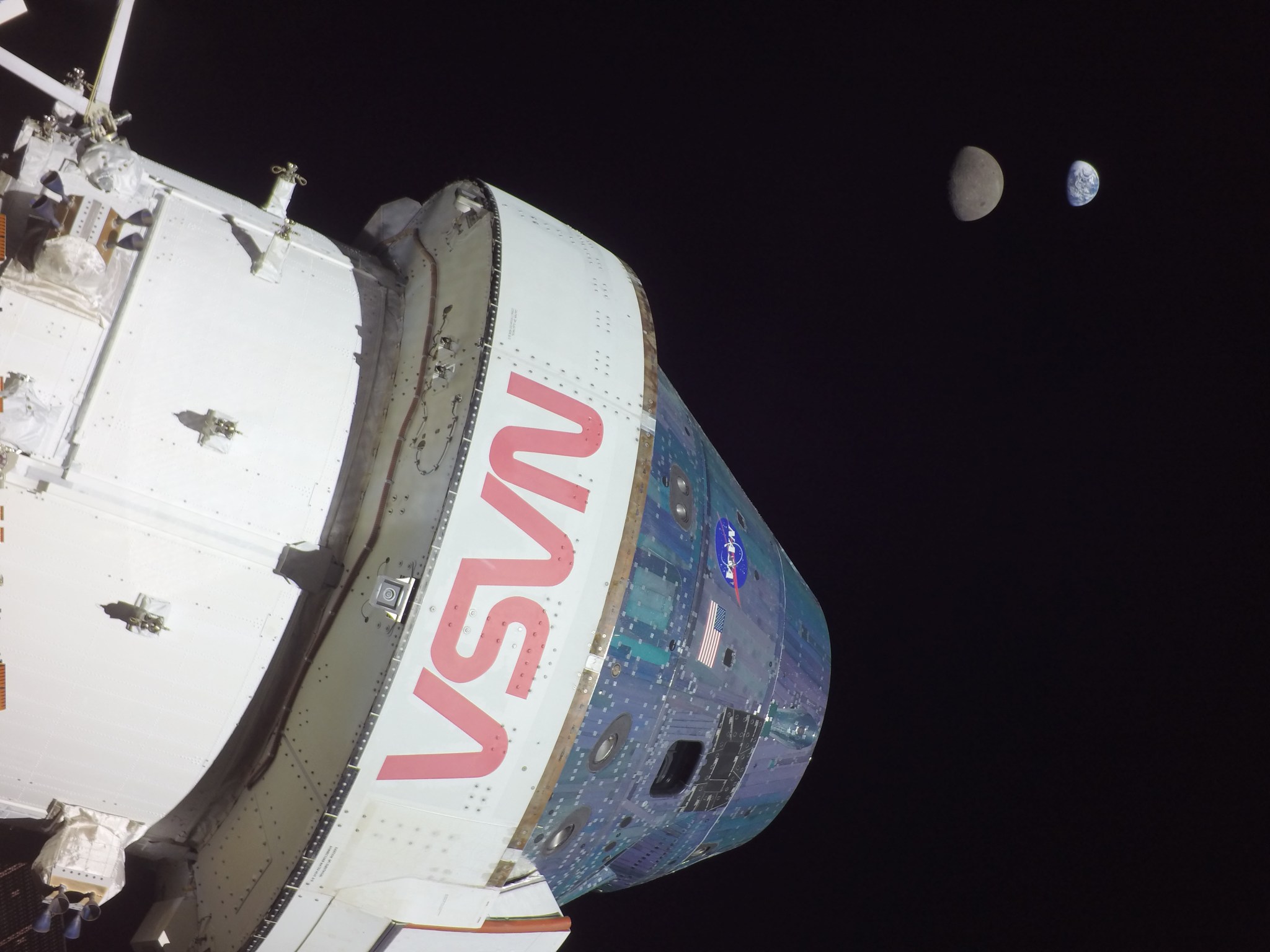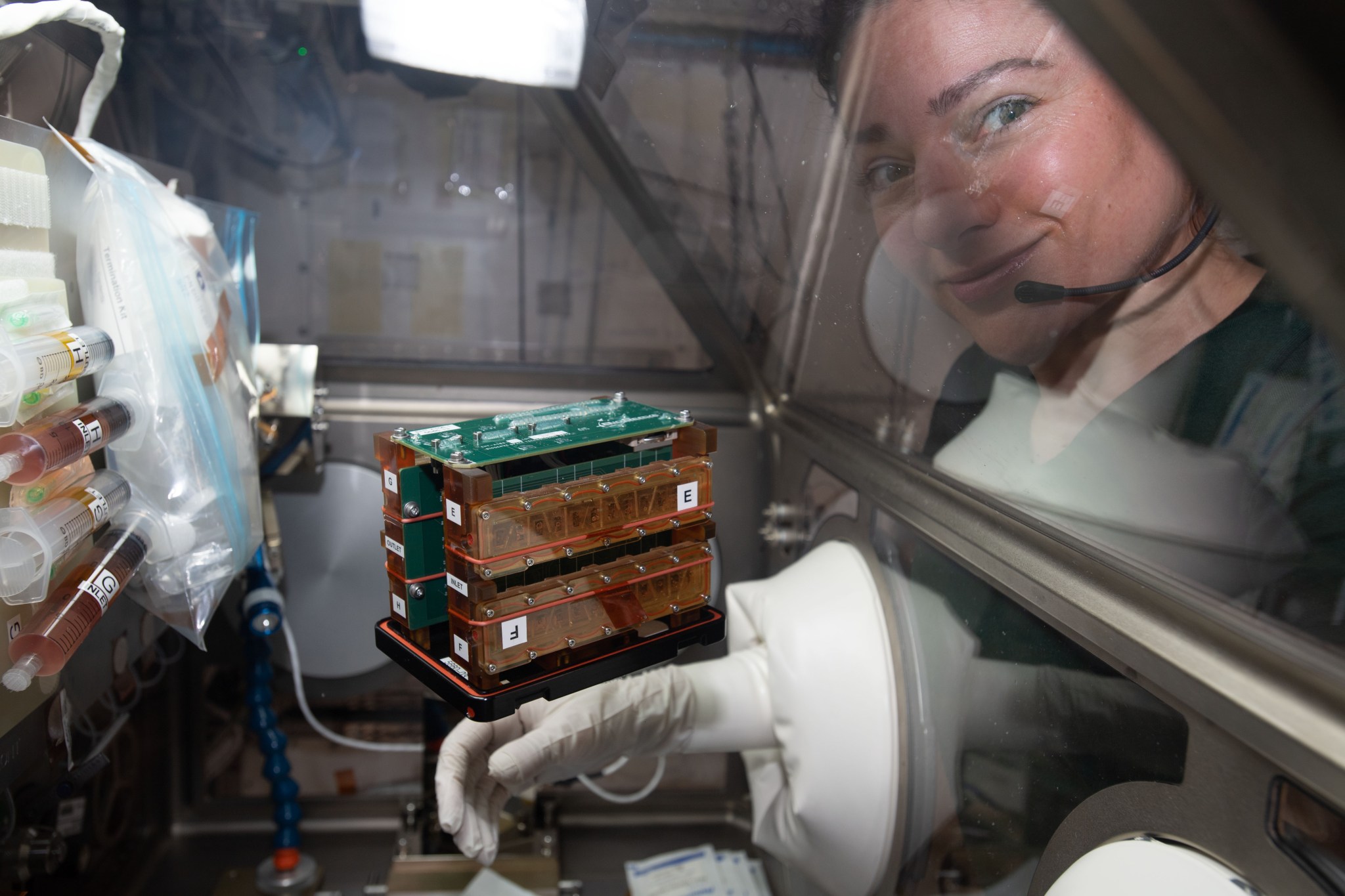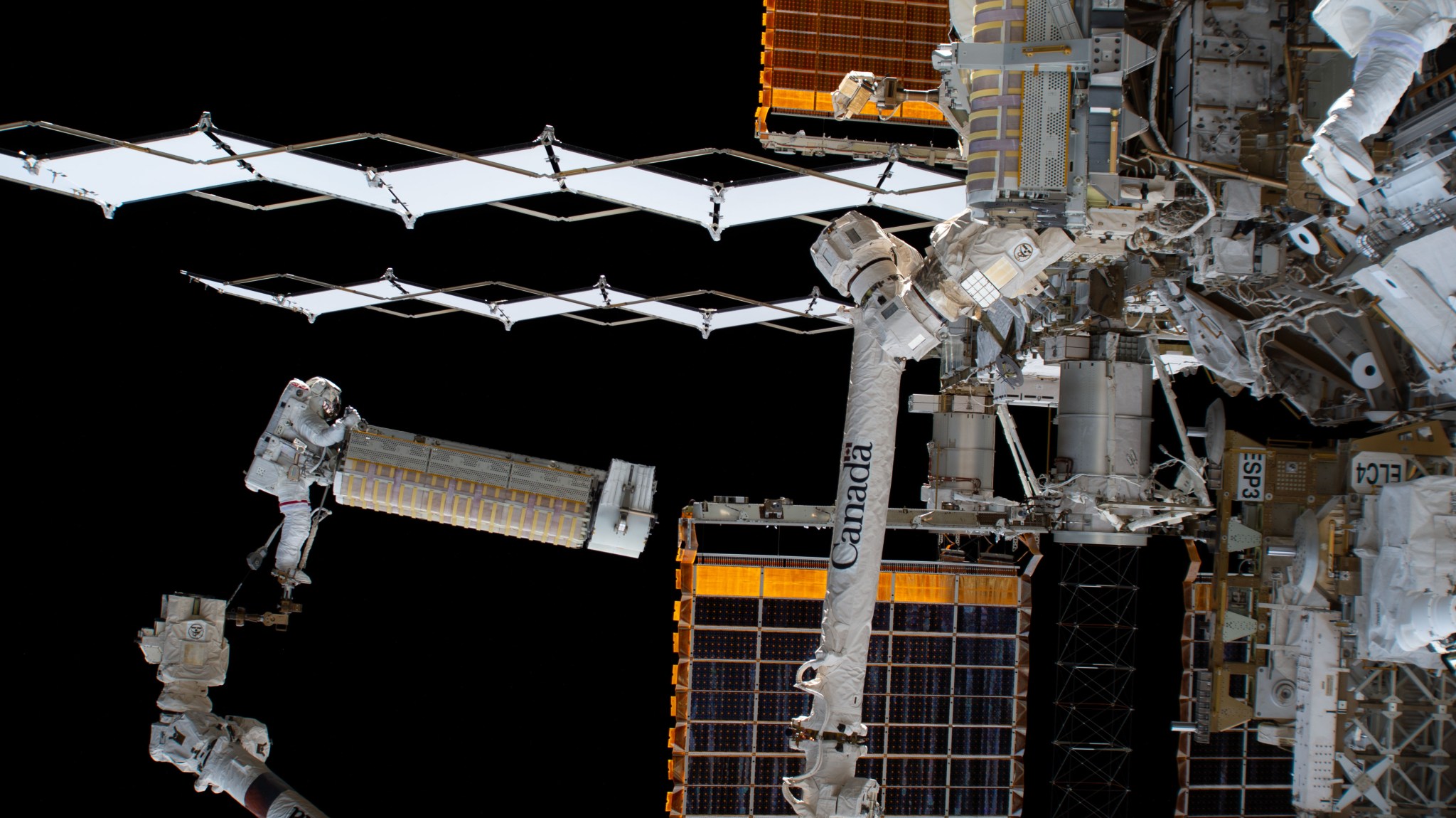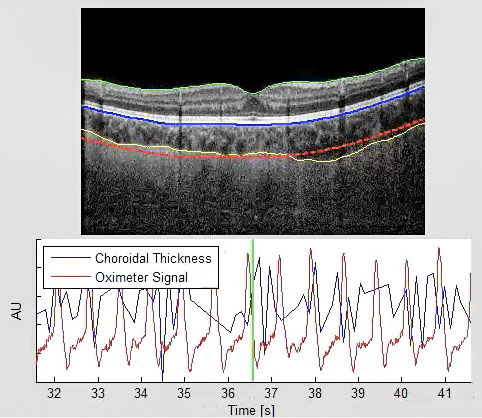Researchers verified that 3D micro-computed tomography scans can map the orientation of plant roots in space and used the method to demonstrate that carrots grown in actual and simulated microgravity both had random root orientation. These findings suggest that simulated microgravity offers a reliable and more affordable tool for studying plant adaptation to spaceflight. MULTI-TROP evaluated the role of gravity and other factors on plant growth. Plant roots grow downward in response to gravity on Earth, but in random directions in microgravity, which is a challenge for developing plant growth facilities for space. Results…
Read MoreTag: Humans in Space
Spooky on the Space Station
4 min read Preparations for Next Moonwalk Simulations Underway (and Underwater) Science in Space: October 2024 Cultures around the world celebrate Halloween on Oct 31. In many places, in addition to people wearing costumes and eating candy, this day is associated with spooky decorating using fake blood, skeletons, flies, and spiders, some of them glow-in-the-dark. Crew members on the International Space Station have been known to indulge in a bit of dressing up and candy consumption to mark the day, and the research they conduct year-round occasionally involves these iconic…
Read MoreNASA to Provide Live Coverage of Crew-8 Return, Splashdown
Members of NASA’s SpaceX Crew-8 mission from right to left, NASA astronauts Jeanette Epps, mission specialist; Matthew Dominick, commander; Michael Barratt, pilot; and Roscosmos cosmonaut Alexander Grebenkin, mission specialist; participate in the Crew Equipment Interface Test at Cape Canaveral Space Force Station in Florida on Friday, Jan. 12, 2024. SpaceX NASA and SpaceX are targeting no earlier than 7:05 a.m. EDT Sunday, Oct. 13, for the agency’s SpaceX Crew-8 mission to undock from the International Space Station. Pending weather conditions, the earliest splashdown time is targeted for 3:38 p.m. Monday,…
Read MorePioneering NASA Astronaut Health Tech Thwarts Heart Failure
3 min read Preparations for Next Moonwalk Simulations Underway (and Underwater) Dr. Rainee Simons (right) and Dr. Félix Miranda work together to create technology supporting heart health at NASA’s Glenn Research Center in Cleveland. Credit: NASA Prioritizing health is important on Earth, and it’s even more important in space. Exploring beyond the Earth’s surface exposes humans to conditions that can impact blood pressure, bone density, immune health, and much more. With this in mind, two NASA inventors joined forces 20 years ago to create a way to someday monitor astronaut…
Read MoreArtemis I Radiation Measurements Validate Orion Safety for Astronauts
On flight day 13, Orion reached its maximum distance from Earth during the Artemis I mission when it was 268,563 miles away from our home planet. Orion has now traveled farther than any other spacecraft built for humans. Credit: NASA NASA’s Orion spacecraft is designed to keep astronauts safe in deep space, protecting them from the unforgiving environment far from Earth. During the uncrewed Artemis I mission, researchers from NASA, along with several collaborators, flew payloads onboard Orion to measure potential radiation exposure to astronauts. Radiation measurements were taken inside…
Read MoreTissue Chips Accurately Model Organs in Space
NASA astronaut Jessica Meir conducts cardiac research using tissue chip platforms in the Life Sciences Glovebox aboard space station in March of 2022. NASA The International Space Station offers a unique microgravity environment where cells outside the human body behave similarly to how they do inside the human body. Tissue chips are small devices containing living cells that mimic complex functions of specific human tissues and organs. Researchers can run experiments using tissue chips aboard space station to understand disease progression and provide faster and safer alternatives for preparing medicine…
Read MoreHow NASA Astronauts Vote from Space Aboard International Space Station
3 min read Preparations for Next Moonwalk Simulations Underway (and Underwater) The American flag inside the cupola of the International Space Station (Credits: NASA). Credit: NASA NASA astronauts aboard the International Space Station have the opportunity to vote in general elections through absentee ballots or early voting in coordination with the county clerk’s office where they live. So, how is voting from space possible? Through NASA’s Space Communication and Navigation (SCaN) Program. Similar to most data transmitted between the space station and the Mission Control Center at NASA’s Johnson Space…
Read MoreThree-time Spacewalker Josh Cassada to Retire from NASA
Oct. 1, 2024 NASA astronaut Josh Cassada holds a roll-out solar array as he rides the Canadarm2 robotic arm during a spacewalk in support of the Expedition 68 mission aboard the International Space Station on Dec. 3, 2022. Credit: NASA Three-time Spacewalker Josh Cassada to Retire from NASA NASA astronaut Josh Cassada retired Oct. 1, after 11 years of service to the agency across multiple programs, including 157 days in space and three spacewalks. Cassada also is a retired United States Navy captain and naval aviator with more than two…
Read MoreNASA Astronaut Tracy C. Dyson to Discuss Science, Station Mission
NASA astronaut Tracy C. Dyson works on a computer inside the International Space Station. Credit: NASA NASA astronaut Tracy C. Dyson will share details of her recent six-month mission aboard the International Space Station in a news conference at 11 a.m. EDT Friday, Oct. 4, at the agency’s Johnson Space Center in Houston. The news conference will air live on NASA+ and the agency’s website. Learn how to stream NASA content through a variety of platforms, including social media. Media interested in participating in person must contact the NASA Johnson newsroom no…
Read MoreStation Science Top News: Sept. 27, 2024
Researchers found that long-duration spaceflight affected the mechanical properties of eye tissues, including reducing the stiffness of tissue around the eyeball. A better understanding of these changes could help researchers prevent, diagnose, and treat the vision impairment often seen in crew members. SANSORI, a Canadian Space Agency investigation, examined whether reduced stiffness of eye tissue contributes to vision impairment in astronauts on long-term missions. This condition, known as Spaceflight Associated Neuro-Ocular Syndrome, or SANS, includes a range of physical changes to the eyes. This paper suggests that biomechanical changes in the eye…
Read More